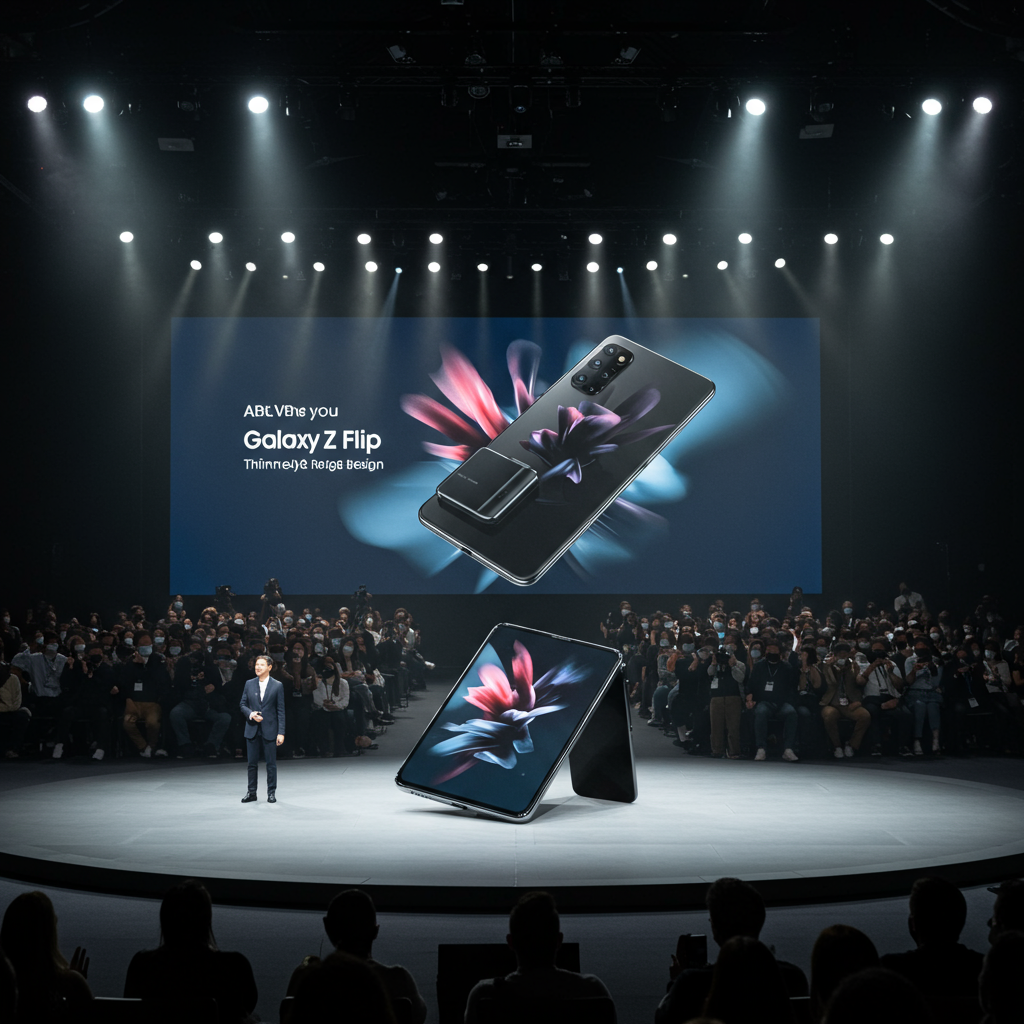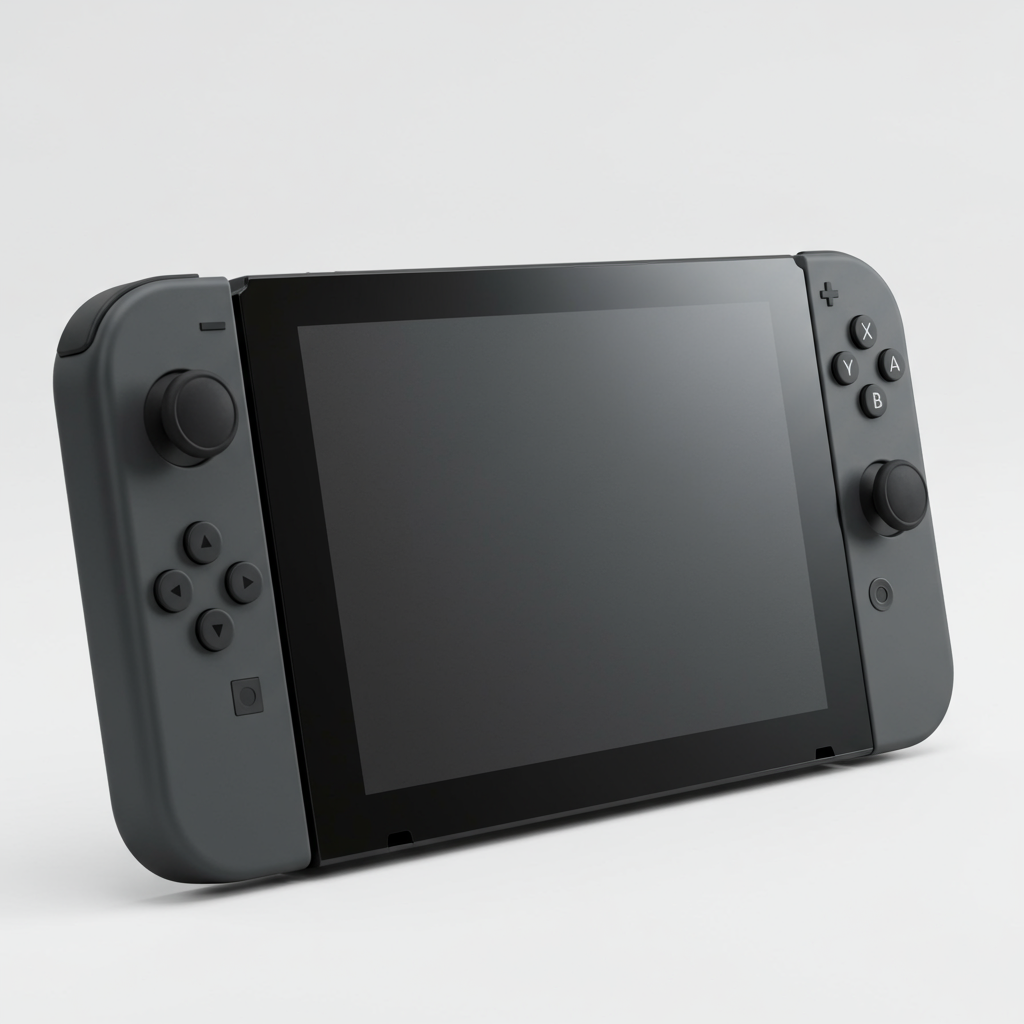Samsung has just unveiled its latest flagship foldable smartphones, pushing the boundaries of design and technology. Introduced at a major event in Brooklyn, the new Galaxy Z Fold 7 and Galaxy Z Flip 7 models represent a significant evolution. Samsung focused heavily on making these devices remarkably thinner and lighter than their predecessors. This strategic move aims to solidify Samsung’s position in the premium smartphone market, particularly challenging competitors and offering a distinct alternative in a landscape currently without foldable options from major players like Apple.
A Leap Forward in Foldable Design
The most striking improvement in Samsung’s new foldable lineup is the significantly refined physical design. Years of user feedback highlighting bulkiness have been addressed head-on. The goal was to make foldable phones feel less like chunky gadgets and more like the sleek smartphones people are accustomed to.
The Galaxy Z Fold 7: Slimmer, Lighter Powerhouse
The Galaxy Z Fold 7 stands out with its dramatic reduction in size and weight. When folded, the phone measures just 8.9 millimeters thick. This is strikingly comparable to standard premium smartphones like Samsung’s own Galaxy S25 Ultra (8.2mm) or the iPhone 16 Pro Max (8.3mm). The change is even more impressive when you consider it was 12.1mm thick just one generation prior (Fold 6). When unfolded, each side is only 4.2 millimeters thin, barely thicker than a standard USB-C port. This represents a massive 26% reduction in thickness and a 10% reduction in weight compared to the Fold 6. The Z Fold 7 weighs a mere 215 grams. This makes it lighter than both the iPhone 16 Pro Max (227g) and the Galaxy S25 Ultra (218g). These changes transform the Z Fold 7 from a noticeable “electronic brick” or “Toblerone phone” into a device with the comfortable feel of a premium candy-bar phone.
The displays also see enhancements. The outer cover screen is now wider and larger at 6.5 inches. This new 21:9 aspect ratio makes it more user-friendly for tasks like texting without unfolding the device. The internal foldable display remains an expansive 8 inches. This large screen is ideal for multitasking, streaming content, and productivity applications. Both are Dynamic AMOLED 2x panels with a smooth 120Hz refresh rate and peak brightness up to 2,600 nits. An improved Armor FlexHinge and enhanced display materials aim to reduce the visibility of the screen crease.
Performance and Optics
Powering the Galaxy Z Fold 7 is the high-end Qualcomm Snapdragon 8 Elite for Galaxy processor. This custom chip, also found in the Galaxy S25 Ultra, delivers substantial performance gains. It includes a 41% faster NPU, 38% quicker CPU, and a 26% boost in GPU performance compared to the prior generation. This power fuels demanding apps, multitasking, and on-device AI features.
The camera system receives a major upgrade. The Z Fold 7 now features Samsung’s top-tier 200-megapixel wide-angle main sensor. This primary camera includes OIS (Optical Image Stabilization) and boasts F1.7 aperture for brighter images. Samsung claims it captures 4x more detail. The setup is rounded out by a 12-MP ultra-wide camera (F2.2) and a 10-MP telephoto lens (F2.4) offering 3x optical zoom. There’s also a 10MP cover camera and a 10MP under-display camera inside. The camera system benefits from a new ProVisual Engine for faster processing and AI-enhanced features like Generative Edit. Notably, the Z Fold 7 does not support S Pen functionality. The device houses a 4,400-mAh battery, rated for up to 24 hours of video playback or an estimated 31 hours with efficiency improvements from the new chip.
The Galaxy Z Flip 7: Compact Fun with a Bigger View
While the Galaxy Z Flip 7 doesn’t match the Z Fold 7’s extreme thinness, it focuses on enhancing the user experience within its compact clamshell form. Its most notable physical upgrade is a larger FlexWindow cover screen. Increased from 3.4 inches to 4.1 inches, this provides significantly more space. Users can view more app information and take selfies using Flex Mode without fully opening the phone.
The internal display is also slightly larger at 6.9 inches (up from 6.7 inches). Camera specs include a 50-MP wide-angle and a 12-MP ultra-wide camera on the rear. A 10-MP selfie camera is located inside. The Flip 7 is characterized as the “party animal” of the pair. It’s designed for quick, stylish use and seamless integration with accessories. Powering the Z Flip 7 is Samsung’s in-house Exynos chipset.
AI Integration and Strategic Vision
Both the Galaxy Z Fold 7 and Z Flip 7 arrive loaded with a suite of Artificial Intelligence features. These include deep integration with Google’s Gemini assistant. The popular Circle to Search feature allows users to draw on screen items for quick information lookups. Generative AI tools for photo and audio editing are also included and optimized for the large foldable screens.
Samsung’s mobile president and COO, Choi Won-joon, emphasized the company’s ambition to lead the AI-powered smartphone market. He sees foldable phones, enhanced by AI, as key to offering unique user experiences and becoming mainstream. Samsung is collaborating closely with partners like Google to achieve this vision. While analysts note that the AI features are valuable additions, they suggest physical improvements like design and cameras remain the primary purchase drivers for consumers currently. The AI capabilities are viewed as enhancements that will integrate into workflows over time.
Market Positioning and Challenges
The launch of these refined foldables is a strategic move by Samsung. It aims to defend its leadership in the high-margin premium smartphone segment. This comes after losing its overall global market leadership to Apple in 2023. Competition is also heating up from Chinese rivals like Huawei and Honor. These competitors are seeing strong sales, particularly in China. Samsung plans to focus its foldable sales efforts on key markets like the United States, Europe, and South Korea.
Despite being available for several years, foldable phones still represent a small niche. They account for only 1.5% of the total smartphone market, according to IDC. However, they are crucial for Samsung in the high-end segment. Foldables make up a significant 16% of its sales for devices priced over $800 (Canalys data). Analysts acknowledge the new models address physical limitations and bolster Samsung’s ‘premium halo.’ Yet, they caution that high prices limit widespread adoption. Canalys predicts Samsung’s foldable shipments may remain flat or slightly decline in 2025.
Pricing and Availability
The primary barrier to mainstream adoption remains the price. The Galaxy Z Fold 7 starts at $1,999 for the 256GB model. This represents a $100 increase over the previous generation’s starting price. Higher storage tiers are $2,119 (512GB) and $2,419 (1TB). To offer a more accessible option, Samsung introduced a less expensive model, the Galaxy Z Flip 7 FE, priced at $899. Pre-orders for the new foldables began immediately after the July 9th unveiling. They are scheduled to be released and hit store shelves on July 25, 2025. Anticipated carrier and retailer deals, including trade-in offers, may help mitigate the high cost for some buyers.
Overall, Samsung’s latest foldables, particularly the Z Fold 7, represent a significant step forward. They finally address long-standing criticisms about bulkiness and compromise. By achieving a thinness and weight comparable to standard premium phones, while improving displays and cameras, they offer a more compelling premium experience. However, the high price point continues to pose a major challenge for broader market penetration.
Frequently Asked Questions
What are the main physical upgrades on the Samsung Galaxy Z Fold 7 and Z Flip 7?
The key physical improvements focus on design refinement. The Galaxy Z Fold 7 is significantly thinner and lighter, measuring just 8.9mm folded and weighing 215g. This is much closer to standard premium phones and a large reduction from previous models. It also features a wider 6.5-inch outer display. The Galaxy Z Flip 7 includes a larger 4.1-inch FlexWindow cover screen, enhancing usability when closed. Both models have improved hinges and display durability.
Why do analysts believe the high price limits mainstream adoption of Samsung’s new foldables?
Analysts point to the steep price tag as the biggest obstacle. The Galaxy Z Fold 7 starts at $1,999, a cost prohibitive for many consumers. Despite improvements, analysts suggest that for most people, the unique capabilities of foldables still don’t justify this premium price point compared to standard smartphones. Competition from more affordable foldables by Chinese brands also pressures Samsung’s market share outside the premium niche.
What role does AI play in Samsung’s strategy for its new foldable phones?
Samsung views AI as critical to its future and aims to be an AI smartphone leader. The new foldables integrate Google’s Gemini assistant, Circle to Search, and generative editing tools. Samsung believes AI, combined with the unique foldable form factor, offers a distinct user experience. This strategy aims to differentiate Samsung’s approach from competitors and drive the eventual mainstream adoption of foldables, showcasing their potential beyond just hardware.
Samsung continues to bet heavily on the future of foldable technology. The Galaxy Z Fold 7 and Z Flip 7 demonstrate impressive technical refinement. They finally deliver on the promise of thinner, lighter designs comparable to traditional premium phones. With powerful performance, upgraded cameras, and integrated AI features, these devices showcase the potential of the category. However, the persistent high price remains the major hurdle for widespread adoption. While Samsung faces growing competition, these new models reinforce its innovation leadership in the evolving smartphone landscape.
Word Count Check: 1177




